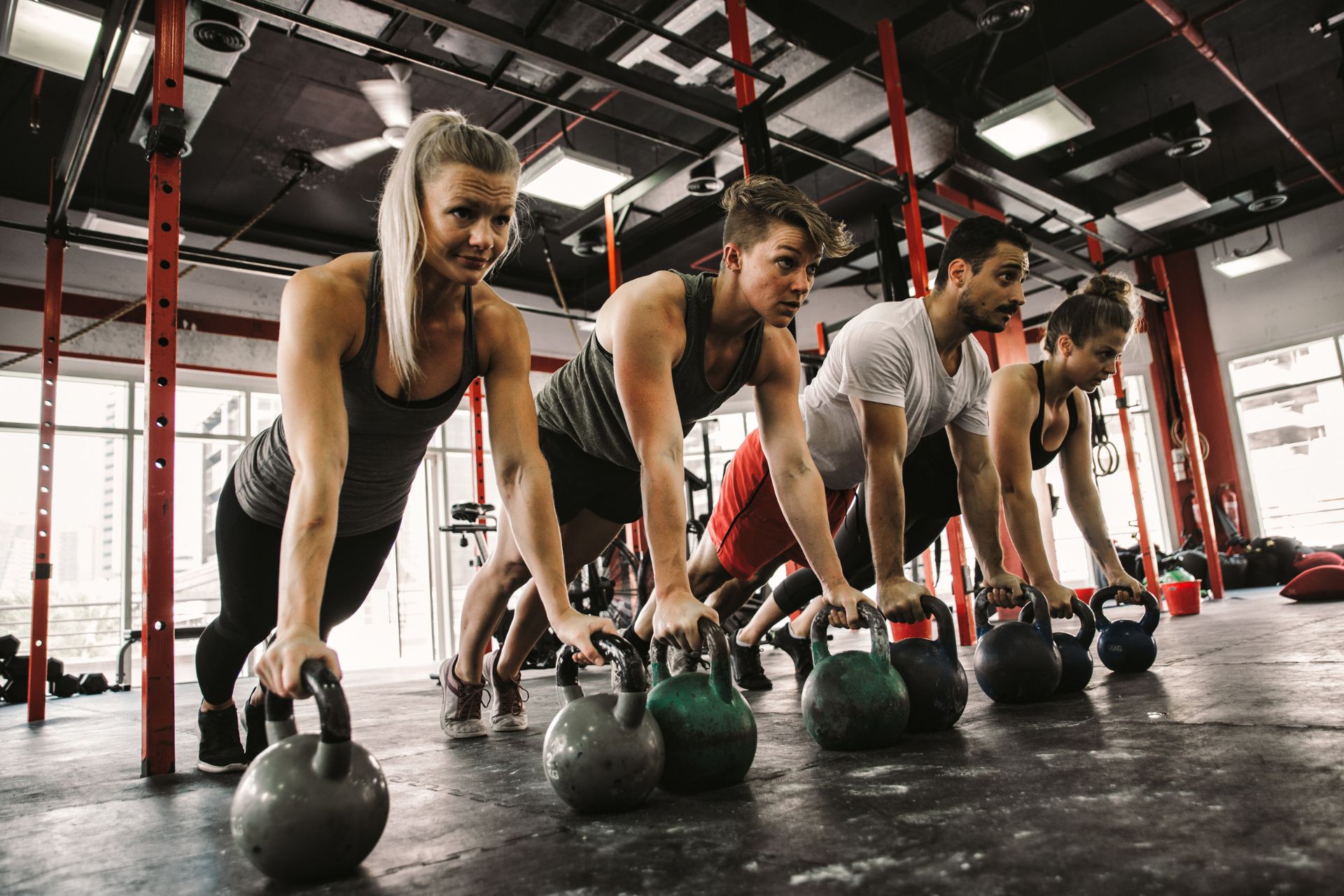Frequently Asked Questions
In post-surgical knee rehabilitation, effective strengthening exercises play a crucial role in restoring function and enhancing stability. Key exercises include isometric quadriceps contractions, which help activate the quadriceps muscle without joint movement, and straight leg raises that target the hip flexors and quadriceps while maintaining knee alignment. Additionally, heel slides promote range of motion and flexibility, while wall sits engage the entire lower extremity, focusing on the quadriceps and gluteal muscles. Resistance band exercises, such as lateral band walks, are beneficial for strengthening the hip abductors and improving overall knee stability. Furthermore, step-ups and mini squats can progressively load the knee joint, fostering strength in the hamstrings and calves. Incorporating balance exercises, like single-leg stands, enhances proprioception and neuromuscular control, which are vital for preventing future injuries. Overall, a comprehensive rehabilitation program that includes these targeted strengthening exercises can significantly aid in the recovery process and facilitate a return to normal activities.
Resistance bands can be effectively incorporated into rehabilitation and strengthening exercises for shoulder injuries by providing variable resistance that enhances muscle activation while minimizing joint strain. Exercises such as external rotations, internal rotations, and shoulder abductions can be performed with resistance bands to target the rotator cuff muscles, deltoids, and scapular stabilizers, promoting functional strength and stability. The elastic nature of resistance bands allows for a controlled range of motion, which is crucial for individuals recovering from conditions like rotator cuff tears, impingement syndrome, or shoulder instability. Additionally, incorporating banded rows and face pulls can improve scapular retraction and overall shoulder mechanics, facilitating better posture and reducing the risk of re-injury. By adjusting the band’s tension and anchoring points, practitioners can tailor the resistance to match the patient’s specific rehabilitation goals, ensuring a progressive overload that is essential for muscle strengthening and endurance.
To enhance core stability in athletes, a variety of targeted strengthening exercises are recommended, focusing on the muscles of the abdomen, lower back, hips, and pelvis. Planks, including variations such as side planks and plank reaches, are essential for developing isometric strength and endurance in the rectus abdominis and obliques. Additionally, exercises like dead bugs and bird dogs promote dynamic stability and coordination, engaging the transverse abdominis and multifidus. Incorporating stability ball exercises, such as ball passes and wall squats, can further challenge balance and proprioception, while kettlebell swings and Turkish get-ups enhance functional strength and core engagement. Resistance training movements, including squats and lunges with a focus on maintaining a neutral spine, also contribute to overall core stability by reinforcing proper biomechanics. Furthermore, integrating rotational movements, such as medicine ball throws and cable woodchoppers, helps develop the core's ability to stabilize during dynamic athletic activities, ultimately improving performance and reducing the risk of injury.
Strengthening exercises for patients with osteoporosis differ significantly from those prescribed for individuals without the condition, primarily due to the need to minimize fracture risk while promoting bone density and muscular strength. For osteoporosis patients, low-impact resistance training is emphasized, focusing on exercises that enhance stability, balance, and coordination, such as bodyweight movements, resistance bands, and light weights, while avoiding high-impact activities that could lead to falls or injuries. Additionally, exercises that target core strength and postural alignment, like Pilates or specific yoga poses, are often incorporated to improve overall body mechanics and reduce the likelihood of vertebral compression fractures. In contrast, individuals without osteoporosis may engage in a broader range of high-impact and weight-bearing exercises, such as running or heavy lifting, which can stimulate bone remodeling more aggressively. Furthermore, the frequency, intensity, and progression of exercise regimens are carefully tailored for those with osteoporosis, ensuring that they adhere to safety guidelines while still achieving the benefits of increased muscle mass and enhanced functional capacity.
Isometric exercises play a crucial role in strengthening routines for patients with chronic pain by providing a low-impact method to enhance muscle stability and endurance without exacerbating discomfort. These static contractions, which involve engaging muscles without changing their length, can help improve neuromuscular control and promote joint stability, thereby reducing the risk of injury. By incorporating isometric holds into rehabilitation programs, patients can experience increased muscle strength and improved functional capacity, which are essential for daily activities. Furthermore, isometric exercises can facilitate pain modulation through the release of endorphins, contributing to a reduction in perceived pain levels. This approach is particularly beneficial for individuals with conditions such as fibromyalgia, arthritis, or lower back pain, as it allows for gradual progression in strength training while minimizing strain on affected areas. Overall, isometric exercises serve as a valuable component in a comprehensive pain management strategy, fostering both physical resilience and psychological well-being.

